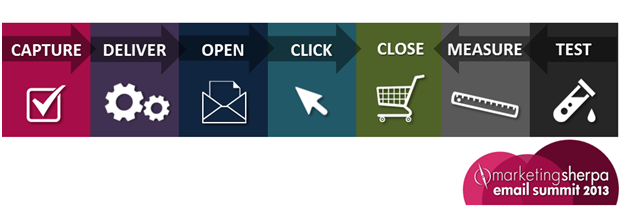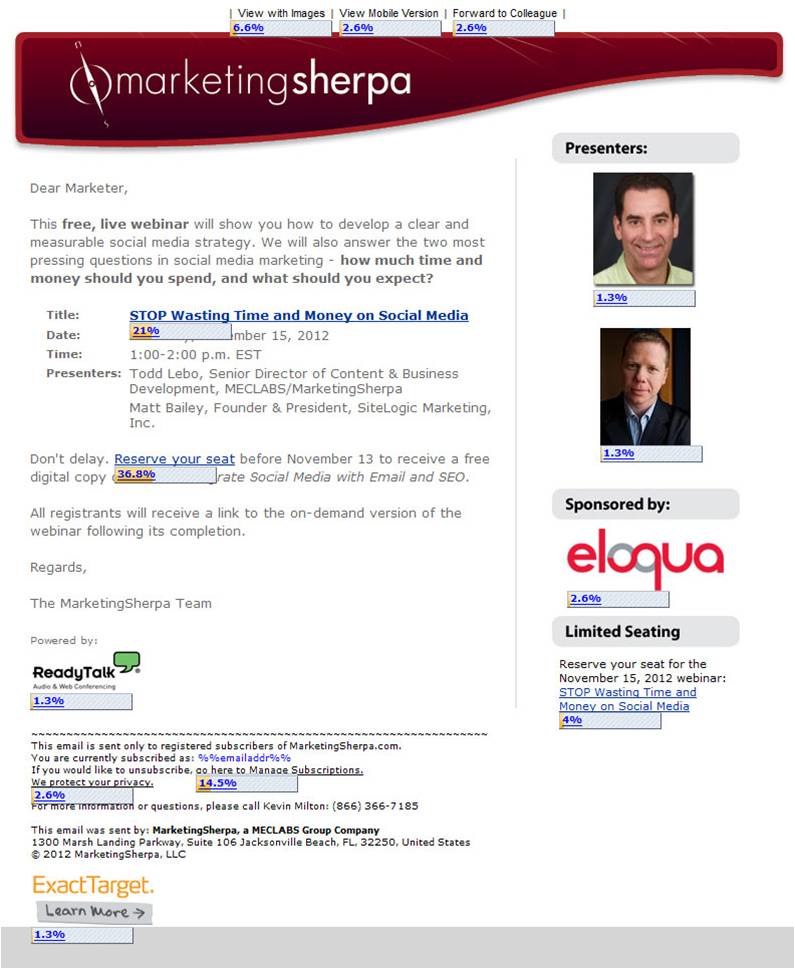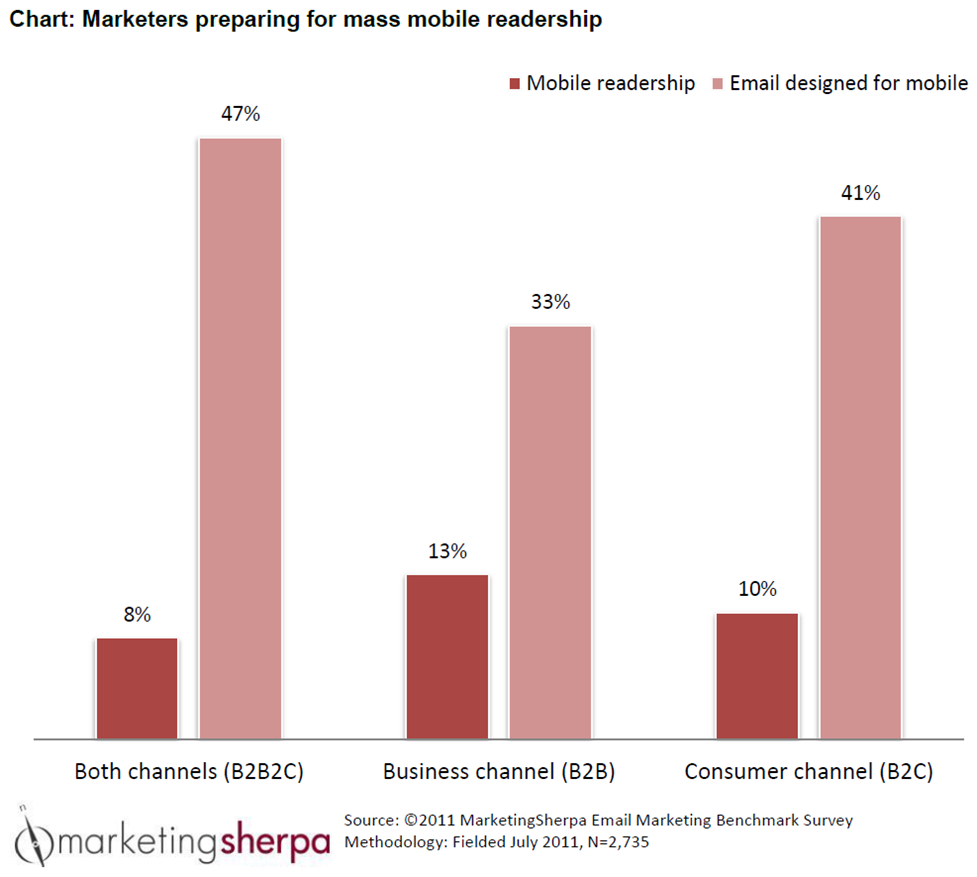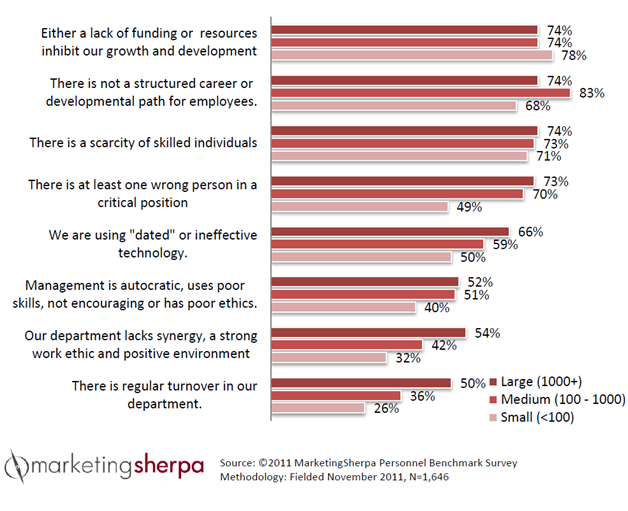B2C Email Marketing: Consumers are fickle
Looking toward the upcoming MarketingSherpa Email Summit 2013 in Las Vegas, February 19-22, I want to present some research on consumer opinions about email marketing conducted by Emailvision and YouGov.
The survey was conducted online in early November 2012 through the YouGov Plc GB panel involving consumers in the United Kingdom. Panelists received emails inviting them to take part in the research. The total sample size of 2,001 adults was weighted to be representative of all Great Britain (GB) adults (defined as 18+ from the UK panel).
To provide insight into what the research uncovered and to offer advice on what B2C marketers can take away from the results, I reached out to Leah Anathan, Corporate Marketing Director, Emailvision.
First, the results of the survey …
The YouGov and Emailvision research sheds light on the missteps marketers might be taking that can bring about brand resentment. After asking consumers for their opinions on marketing correspondence, the study found the following:
- 75% reported they would resent a brand after being bombarded by emails.
- 71% cited receiving unsolicited messages as a reason to become resentful.
- 50% felt getting their name wrong was a reason to think less of the brand.
- 40% remarked that getting gender wrong would have a negative impact.
With better segmentation and targeting, marketers can avoid these pitfalls; however, this is a challenge when consumers remain unwilling to give even basic information:
- Only 28% indicated they would be willing to share their name.
- Only 37% would be willing to share their age.
- Only 38% would disclose their gender.













